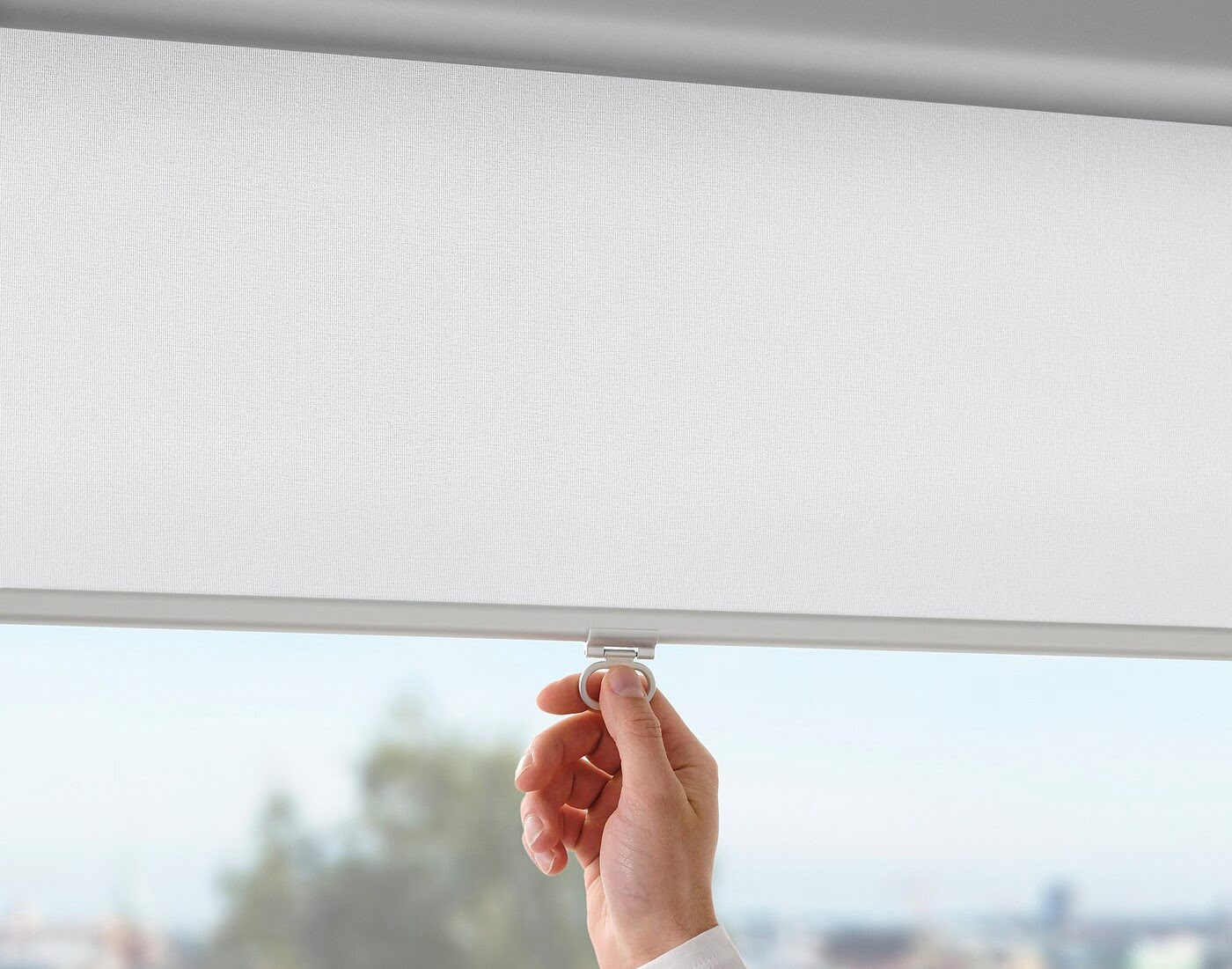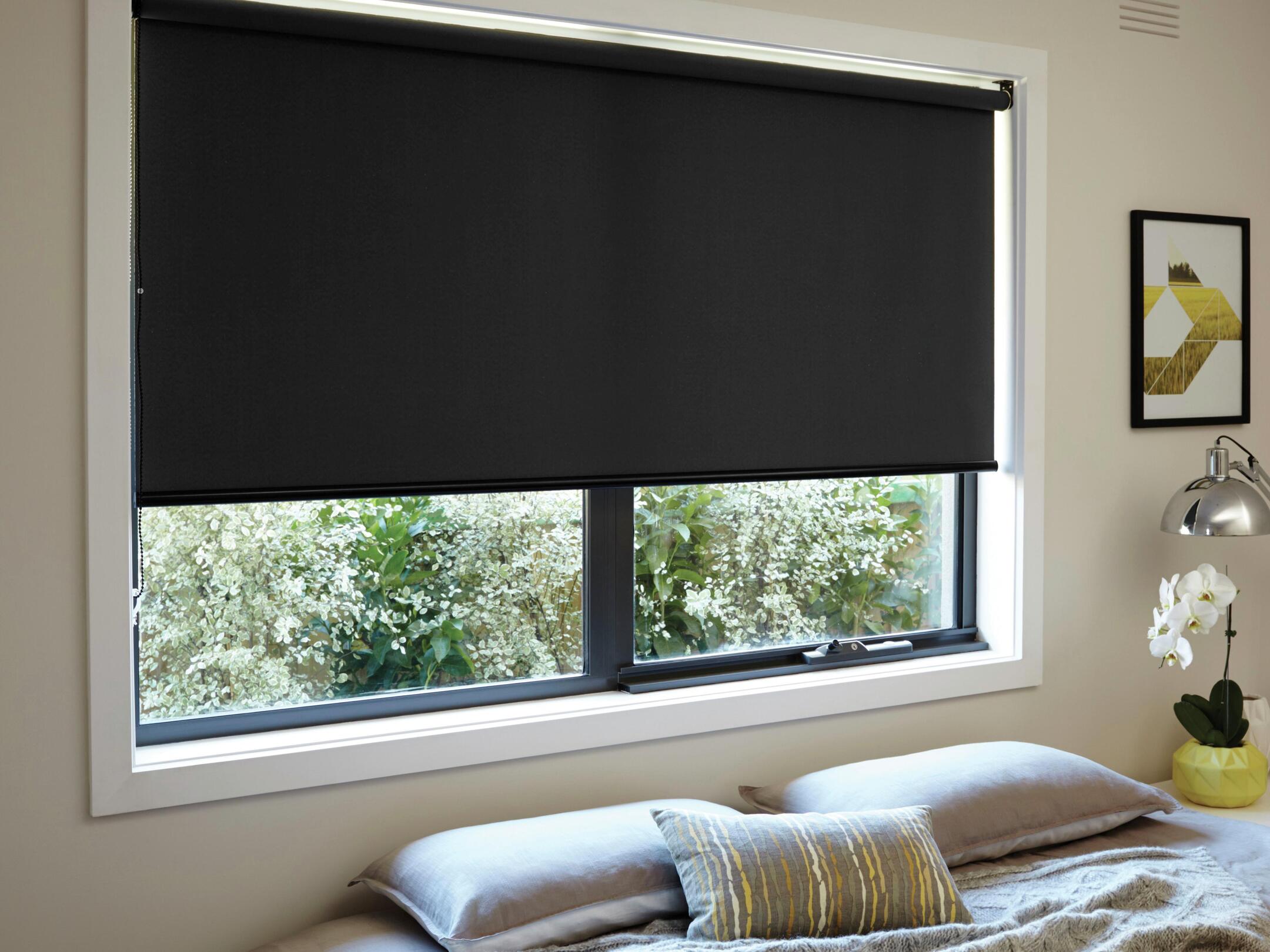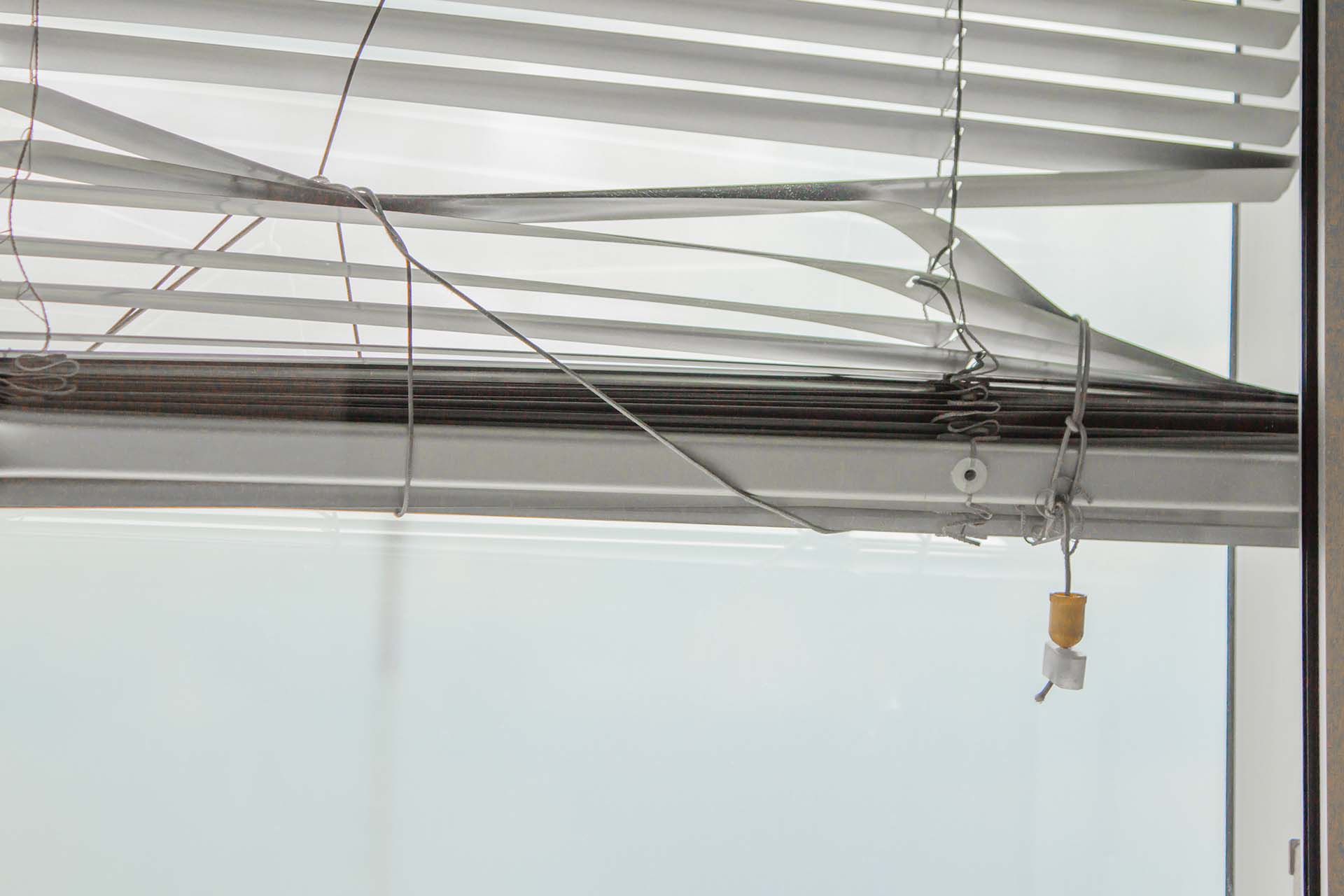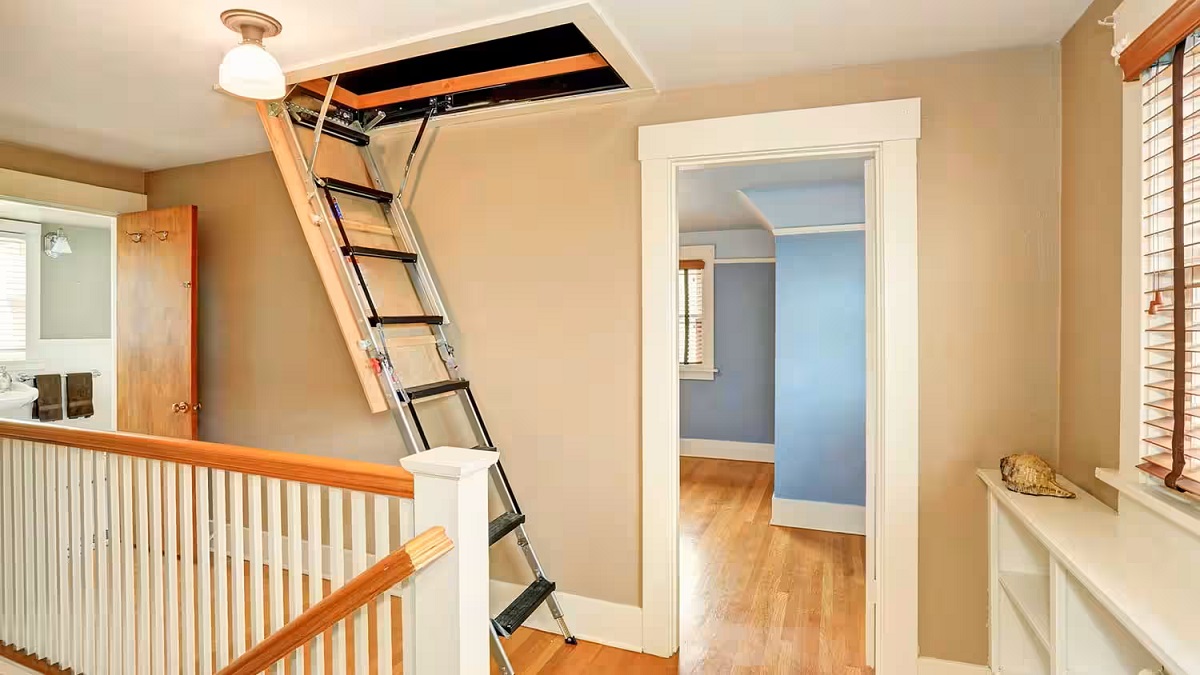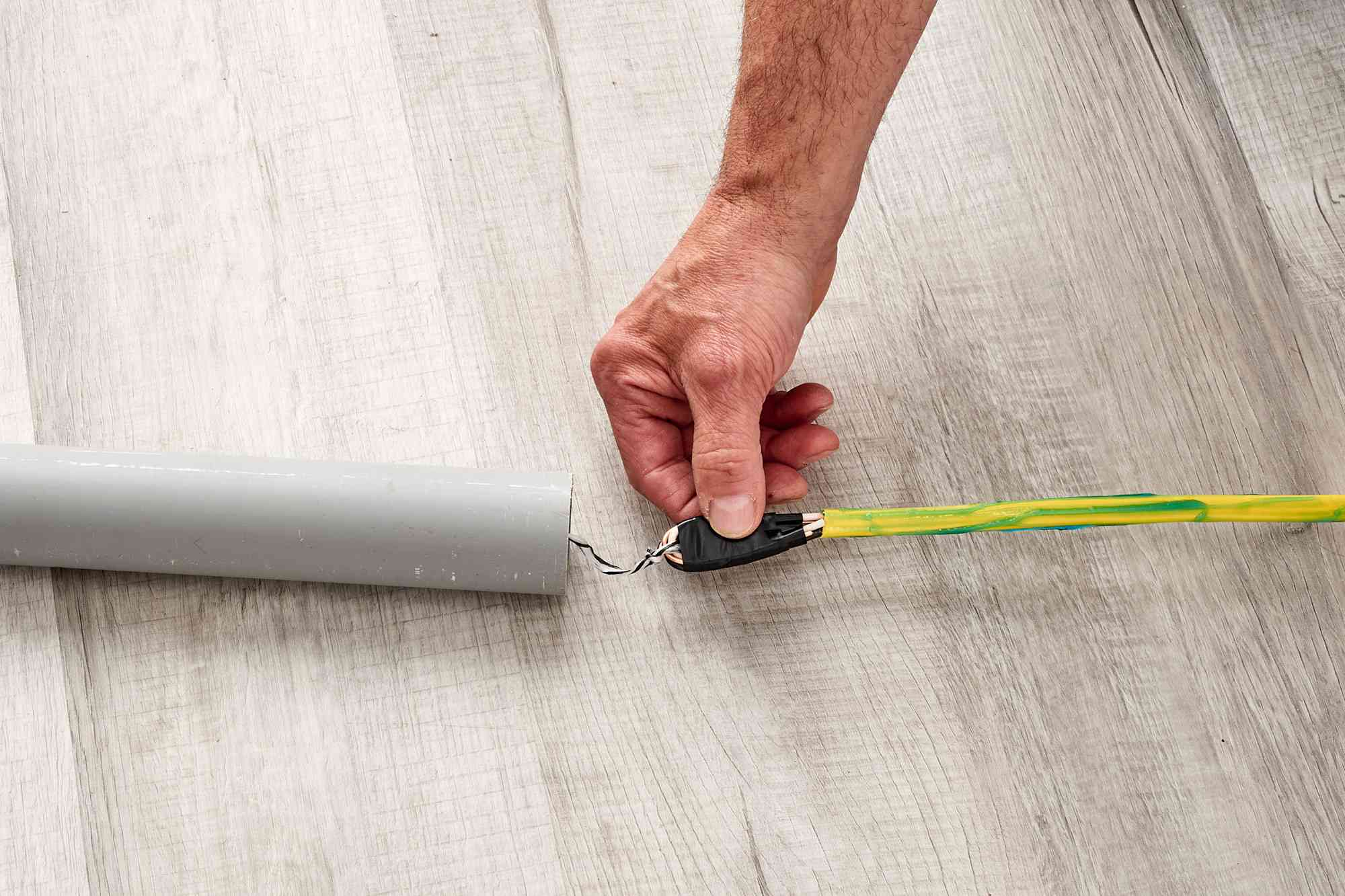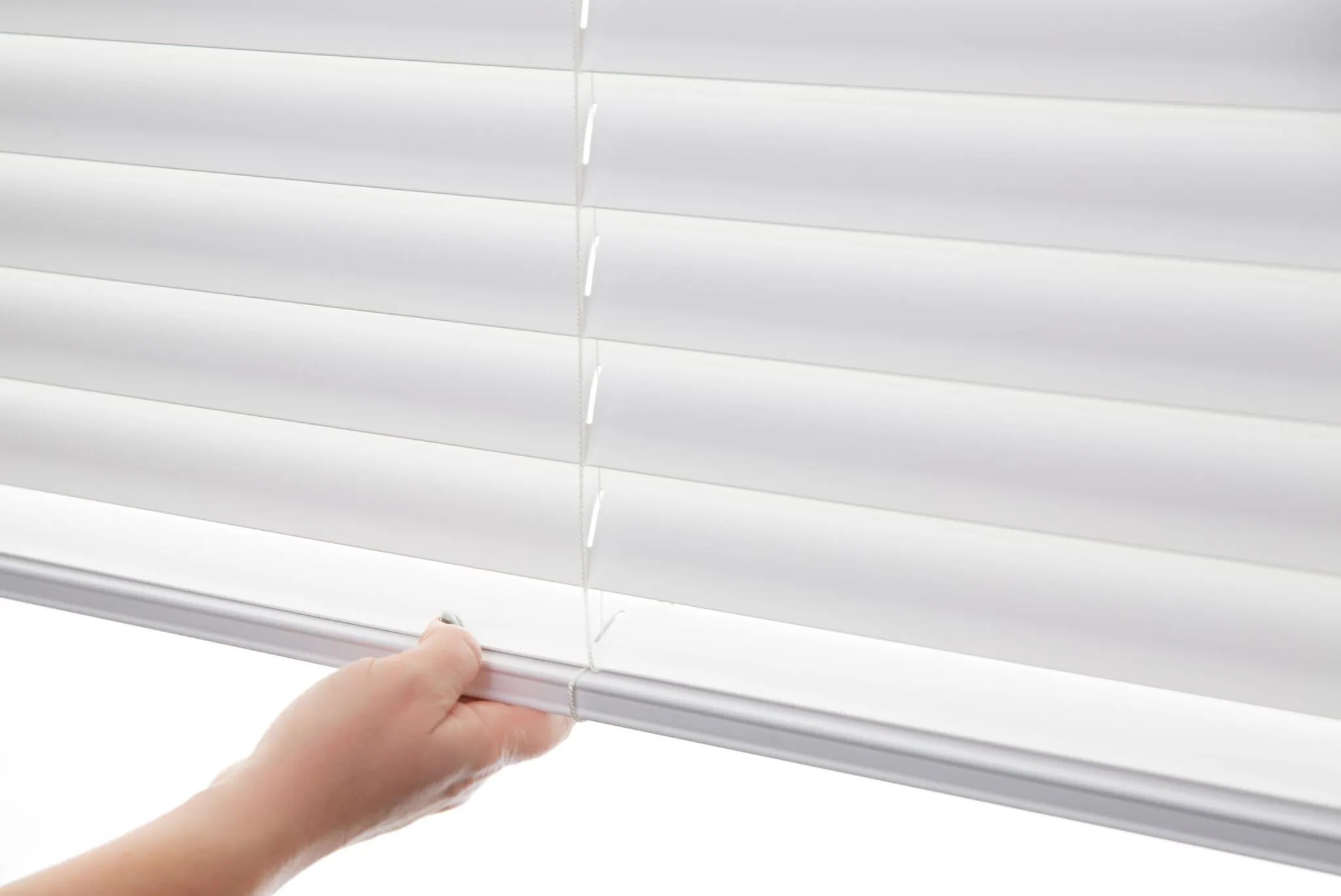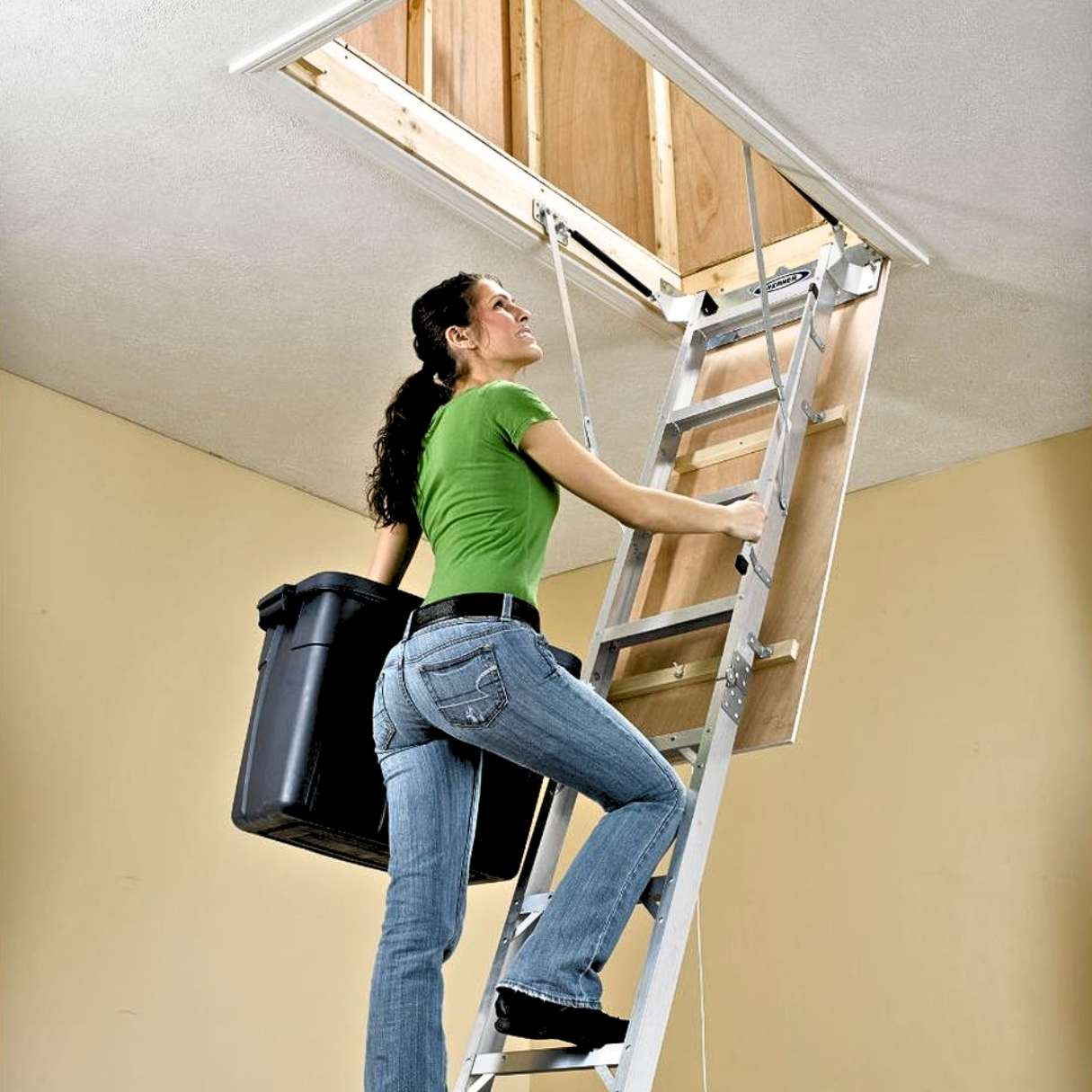

Articles
How To Pull Down Blinds With 4 Strings
Modified: September 1, 2024
Learn how to easily pull down blinds using just 4 strings with our informative and detailed articles. Master this technique in no time!
(Many of the links in this article redirect to a specific reviewed product. Your purchase of these products through affiliate links helps to generate commission for Storables.com, at no extra cost. Learn more)
Introduction
Welcome to our comprehensive guide on how to pull down blinds with 4 strings. Blinds are a popular window covering option that offers privacy, light control, and aesthetic appeal to any space. Pulling down blinds using the 4-string mechanism is a common method used to adjust the height and position of the blinds effortlessly.
In this article, we will provide you with a detailed understanding of the 4-string pull down mechanism, step-by-step instructions on how to pull down blinds effectively, as well as alternative methods for operating blinds. Whether you are new to using blinds or simply want to improve your technique, this guide is for you.
Before we dive into the specifics of pulling down blinds with 4 strings, let’s first take a moment to understand the different components and types of blinds available in the market.
Key Takeaways:
- Master the 4-string pull down mechanism to effortlessly adjust your blinds’ height and position, ensuring smooth operation and optimal light control.
- Explore modern alternatives like cordless and motorized blinds for added convenience, enhancing functionality and ease of use in operating your window coverings.
Read more: How To Pull Down Blinds With 3 Strings
Understanding Your Blinds
Before you learn how to pull down blinds with 4 strings, it’s important to familiarize yourself with the different components and types of blinds. Understanding these aspects will give you a clearer picture of how the mechanism works and how to operate it effectively.
Components of Blinds
Blinds are made up of several key components that work together to provide functionality and style. These components include:
- Slats: Slats are the horizontal or vertical strips that make up the body of the blinds. They can be made from various materials, such as aluminum, wood, or vinyl, and come in different widths, colors, and finishes.
- Headrail: The headrail is the top part of the blinds that holds all the other components together. It typically houses the cord or string mechanism that controls the movement of the blinds.
- Lift Cord: The lift cord is the string or cord that is used to raise or lower the blinds. It is usually located on the side of the blinds and is connected to the slats or bottom rail.
- Tilt Wand or Control: The tilt wand or control is a rod or wand that is used to tilt the slats, allowing you to control the amount of light and privacy. It is commonly found on the opposite side of the blinds from the lift cord.
- Bottom Rail: The bottom rail is the horizontal bar at the bottom of the blinds that provides stability and weight to keep the blinds in place. It is usually made from the same material as the slats.
- Decorative Valance: The decorative valance is an optional accessory that covers the headrail and gives the blinds a more finished and polished look.
Types of Blinds
Blinds come in a variety of types, each with its own unique features and advantages. The most common types of blinds include:
- Vertical Blinds: Vertical blinds consist of vertical slats that can be rotated and pulled to the side for a full view of the window. They are commonly used for large windows or sliding glass doors.
- Horizontal Blinds: Horizontal blinds have horizontal slats that can be raised, lowered, and tilted. They are versatile and can be used in various window sizes and shapes.
- Roller Blinds: Roller blinds are made from a single piece of fabric that rolls up and down. They are simple to use and provide a sleek and minimalistic look.
- Roman Blinds: Roman blinds are made from fabric and fold up in horizontal pleats when raised. They offer a soft and elegant look to any room.
- Pleated Blinds: Pleated blinds have a pleated fabric that forms a concertina-like pattern when raised. They are known for their versatility and energy efficiency.
Now that you have a better understanding of the components and types of blinds, let’s move on to evaluating the 4-string pull down mechanism and troubleshooting common issues.
Evaluating the Pull Down Mechanism
Before you start pulling down blinds with the 4-string system, it’s important to understand how the mechanism works and how to troubleshoot any potential issues that may arise. This knowledge will ensure a smooth and efficient operation of your blinds.
Read more: How To Pull Blinds Down
Examining the 4 String System
The 4-string system is one of the most commonly used mechanisms for pulling down blinds. It consists of four separate strings that are attached to the bottom rail of the blinds. Each string corresponds to a specific section of the blinds, allowing you to control the position and height of the blinds with precision.
To examine the 4-string system, follow these steps:
- Identify the four strings: The four strings are typically color-coded or labeled. Commonly, they are labeled as A, B, C, and D. These labels correspond to different sections of the blinds.
- Pull each string: Test each string individually by pulling them gently. Observe the movement of the blinds as you pull each string. This will help you understand which string controls which section of the blinds.
- Ensure smooth operation: As you pull each string, pay attention to any resistance or snagging. The strings should move smoothly without any obstructions. If you notice any issues, such as tangled or frayed strings, it may require repair or replacement.
Troubleshooting Common Issues
If you encounter any problems with the 4-string system, here are some common issues and troubleshooting tips:
- Difficulty pulling down blinds: If you find it challenging to pull down the blinds, ensure that none of the strings are tangled or caught on any obstructions. Check for any knots or snags that may be hindering the smooth operation of the strings. Untangle or release any obstructions to resolve the issue.
- Uneven blinds: If the blinds are uneven or not aligning properly when pulled down, it may indicate an issue with the individual strings. Make sure that each string is properly attached to the bottom rail and is pulling at an equal tension. Adjust the strings accordingly to achieve a balanced and aligned appearance.
- Strings breaking or fraying: Over time, the strings of the 4-string system may experience wear and tear. If you notice any frayed or broken strings, it is recommended to replace them. You can find replacement string kits at most home improvement stores or consult a professional for assistance.
By examining the 4-string system and troubleshooting common issues, you will be better prepared to pull down blinds effectively. In the next section, we will provide you with step-by-step instructions on how to pull down blinds using the 4-string system.
Steps to Pull Down Blinds
Now that you have a good understanding of the 4-string pull down mechanism, let’s go through the step-by-step process of pulling down blinds effectively. By following these steps, you’ll be able to adjust the height and position of your blinds with ease.
Step 1: Identify the Correct Strings
The first step is to identify the correct strings that control the sections of the blinds. Remember the color-coded or labeled strings we mentioned earlier (A, B, C, and D)? These labels correspond to different sections of the blinds.
Start by identifying which string controls the lowermost section of the blinds. This string is usually labeled as “A” and is attached to the bottom rail. Gently pull on it to ensure that it is the correct string. Repeat this process for the remaining strings (B, C, and D).
Read more: How To Pull Down Cordless Blinds
Step 2: Ensure Proper Alignment
Before pulling down the blinds, it’s important to ensure proper alignment. Make sure that the blinds are evenly positioned within the window frame and that the strings are not tangled or caught on any obstructions.
If you notice any misalignment or tangles, gently adjust the blinds and untangle any caught strings. This will help ensure a smooth and seamless operation when pulling down the blinds.
Step 3: Pull Down the Blinds
Once you have identified the correct strings and ensured proper alignment, it’s time to pull down the blinds. Starting from the bottom section (string A), grasp the string firmly and pull it downwards in a smooth and even motion. As you pull down the bottom section, the subsequent sections (B, C, and D) will follow suit.
Continue pulling down the strings until you reach the desired position for your blinds. This could be fully closed for maximum privacy or partially open to allow some light to filter through.
Step 4: Adjust the Blinds to Desired Position
After pulling down the blinds, you may need to make some additional adjustments to achieve the desired position. This could involve fine-tuning the tilt of the slats or aligning the blinds within the window frame.
Use the tilt wand or control, usually located on the opposite side of the lift strings, to adjust the slats for optimal light control and privacy. You can rotate the wand clockwise or counterclockwise to tilt the slats accordingly.
For better alignment, gently guide the blinds using the lift cords if needed. Make sure to handle the blinds with care and avoid pulling or tugging on the strings forcefully.
By following these step-by-step instructions, you’ll be able to pull down blinds effectively and achieve the desired position for your window coverings.
In the next section, we’ll explore alternative methods for operating blinds that offer additional convenience and functionality.
Alternative Methods for Operating Blinds
While the 4-string system is a popular and effective way to pull down blinds, there are alternative methods available that offer added convenience and functionality. In this section, we’ll explore two alternative methods: using a cordless system and installing motorized blinds.
Read also: 12 Amazing Pull Down Blinds for 2025
Using a Cordless System
A cordless system eliminates the need for strings or cords to operate the blinds. Instead, it utilizes a spring mechanism or a motorized system to control the movement of the blinds. This provides a sleek and clutter-free appearance while enhancing child safety and ease of use.
To operate blinds with a cordless system, follow these steps:
- Locate the control mechanism: Look for a discreetly positioned control mechanism, typically on the bottom rail or at the top of the blinds. This mechanism may include a handle or a button.
- Hold the control mechanism: Gently grasp the control mechanism and either push or pull to move the blinds up or down, depending on the design of the cordless system.
- Adjust the blinds: Use your hand to guide and adjust the blinds to the desired position. You can easily raise or lower the blinds as much as needed.
A cordless system provides a user-friendly and safe way to operate blinds, making it an excellent alternative to the traditional string and cord mechanisms.
Installing Motorized Blinds
Motorized blinds take convenience to the next level by allowing you to control the blinds with the touch of a button or through a remote control. These blinds are powered by a small motor that is discreetly integrated into the headrail or hidden behind the valance.
To install motorized blinds, follow these steps:
- Select the motorized blind system: Choose a motorized blind system that suits your specific needs. There are various options available, including battery-powered or hardwired systems.
- Measure and install: Measure your window frame accurately and follow the manufacturer’s instructions for installing the motorized blinds. This process may involve mounting brackets, attaching the headrail, and connecting the motorized system to a power source.
- Pair with a remote or smart device: Once the blinds are installed, pair the motorized system with a remote control or a compatible smart device. This will allow you to effortlessly control the blinds with the touch of a button or through voice commands if integrated with a home automation system.
Motorized blinds offer a seamless and modern way of operating blinds. They provide convenience, especially for hard-to-reach windows or for individuals with limited mobility.
Whether you choose a cordless system or opt for motorized blinds, these alternative methods provide enhanced functionality and ease of use, allowing you to control your blinds with simplicity and convenience.
Finally, let’s conclude this article.
Conclusion
In conclusion, knowing how to pull down blinds with 4 strings is a valuable skill that allows you to effectively control the height and position of your blinds. By understanding the components and types of blinds, you can better appreciate the functionality and style they offer.
Evaluating the 4-string pull down mechanism and troubleshooting common issues ensures smooth operation and prolongs the lifespan of your blinds. Identifying the correct strings and ensuring proper alignment lays the foundation for a successful pulling down process.
Following the step-by-step instructions, you can confidently pull down blinds using the 4-string system. Identifying the correct strings, ensuring proper alignment, and pulling down the blinds smoothly will help you achieve the desired position effortlessly. Adjusting the blinds to your liking enhances light control and privacy.
Furthermore, alternative methods for operating blinds offer added convenience and functionality. Using a cordless system eliminates the need for strings, providing a sleek and clutter-free appearance. Installing motorized blinds takes convenience to the next level, allowing remote control operation for effortless adjustments.
Remember, when operating blinds, always handle them with care and avoid applying excessive force to the strings or control mechanisms. Regular maintenance, such as dusting and cleaning, will help keep your blinds in optimal condition.
Whether you opt for the traditional 4-string system or explore alternative methods, pulling down blinds should be a simple and efficient process. Choose the method that best suits your preferences and needs.
We hope this comprehensive guide has provided you with valuable insights and instructions on how to pull down blinds with 4 strings. Now you can confidently control the positioning of your blinds and enjoy the benefits they bring to your home or office.
Happy blind pulling!
Frequently Asked Questions about How To Pull Down Blinds With 4 Strings
Was this page helpful?
At Storables.com, we guarantee accurate and reliable information. Our content, validated by Expert Board Contributors, is crafted following stringent Editorial Policies. We're committed to providing you with well-researched, expert-backed insights for all your informational needs.
